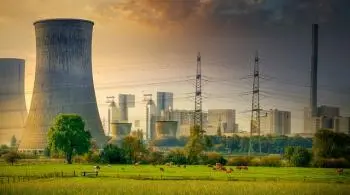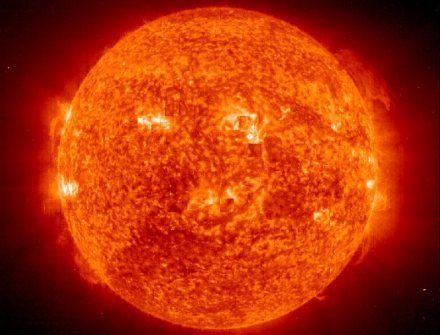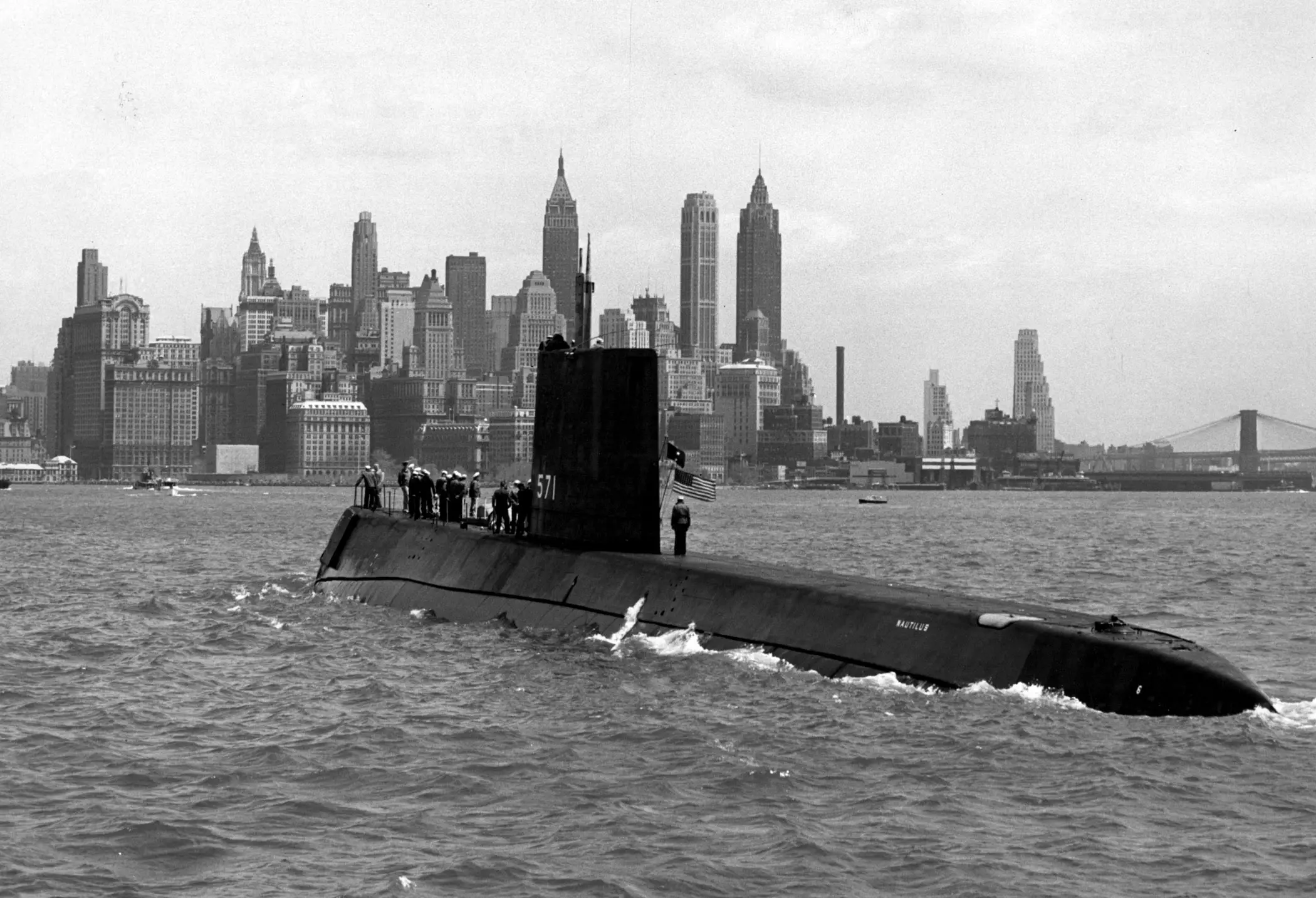
Nuclear power refers to the energy released during nuclear reactions, either in the form of nuclear fusion or nuclear fission. Here are examples of both:
Examples of Nuclear Fusion
Nuclear fusion is the process in which atomic nuclei combine to form heavier nuclei. This process releases a large amount of energy due to the conversion of mass into energy according to Einstein's famous equation, E=mc². Some additional examples of the application of nuclear fusion include:
1. Research in fusion reactors
Scientists and engineers are working on the development of controlled fusion reactors on Earth, known as controlled thermonuclear nuclear fusion reactors.
These reactors use high-powered magnetic fields or lasers to confine and heat the fusion plasma to extremely high temperatures. Examples of these projects include ITER (International Thermonuclear Experimental Reactor) and the Wendelstein 7-X project.
2. Atomic hydrogen bombs
Hydrogen bombs, also known as thermonuclear bombs, are explosive devices that harness nuclear fusion to generate a much more powerful explosion than conventional nuclear fission weapons.
In these bombs, the nuclear fission of a small amount of fissile material, such as uranium-235, generates the temperature and pressure necessary to initiate the fusion of light nuclei, such as deuterium and tritium.
3. The energy of the Sun and the stars
 The Sun and other stars in the universe are massive sources of nuclear power due to the nuclear fusion reactions that occur in their cores. In the case of the Sun, the main reaction is the nuclear fusion of hydrogen into helium, releasing an enormous amount of energy in the process.
The Sun and other stars in the universe are massive sources of nuclear power due to the nuclear fusion reactions that occur in their cores. In the case of the Sun, the main reaction is the nuclear fusion of hydrogen into helium, releasing an enormous amount of energy in the process.
Besides the Sun, the stars in the universe also function as giant nuclear reactors. The most massive stars can undergo even more complex nuclear reactions, such as the fusion of elements heavier than helium, producing elements such as carbon, oxygen, and iron.
These nuclear fusion reactions in stars are responsible for the production of chemical elements and the release of large amounts of energy in the form of electromagnetic radiation, including visible light.
Examples of nuclear fission
Nuclear fission is the process in which a heavy nucleus splits into smaller fragments, releasing energy in the process. Some additional examples of the application of nuclear fission include:
1. Nuclear power reactors
Nuclear fission reactors are used in nuclear power plants to generate electricity. In these reactors, fissile material such as uranium-235 or plutonium-239 is used to induce controlled nuclear fission. The heat generated by fission is used to heat water and produce steam, which in turn drives a turbine connected to an electrical generator.
The three nuclear power plants with the most installed power are the following:
-
The Kashiwazaki-Kariwa Nuclear Power Plant (Japan): Located in Niigata Prefecture, it is the most powerful nuclear power plant in the world. It has an installed capacity of around 8,212 megawatts (MW), distributed in seven nuclear reactors.
-
Bruce Nuclear Power Plant (Canada): Located in Ontario, Canada. It has a total installed capacity of approximately 6,384 MW. It consists of eight nuclear reactors.
-
The Zaporizhia Nuclear Power Plant (Ukraine): It is the largest nuclear power plant in Europe and the third most powerful in the world. It is located near the city of Enerhodar, in Ukraine, and has an installed capacity of around 6,000 MW. The plant has six nuclear reactors.
2. Research reactors
In addition to power reactors, there are research reactors used in the scientific field for various purposes, such as the production of radioisotopes for medical applications and nuclear physics research.
3. Nuclear propulsion
 Nuclear power is also used to perform mechanical work to move vehicles and ships; Let's see some examples:
Nuclear power is also used to perform mechanical work to move vehicles and ships; Let's see some examples:
-
Thermal nuclear powered spacecraft: Concepts have been proposed for spacecraft that use nuclear energy to generate heat and propel themselves into space. These systems would use a nuclear reactor to heat a propellant, such as liquid hydrogen, to high temperatures. The hot propellant would be ejected through a rocket motor to generate thrust.
-
Nuclear Submarines (SSN): Nuclear submarines use a nuclear reactor to generate electrical power, which in turn drives the propulsion system. These submarines carry a nuclear reactor on board that uses nuclear fission to generate heat. The heat is used to heat water and produce steam, which in turn drives a turbine connected to a propulsion system, such as a propeller.
-
Ballistic Missile Submarines (SSBNs): Ballistic missile submarines also use nuclear power for propulsion, but their primary role is to launch nuclear ballistic missiles.